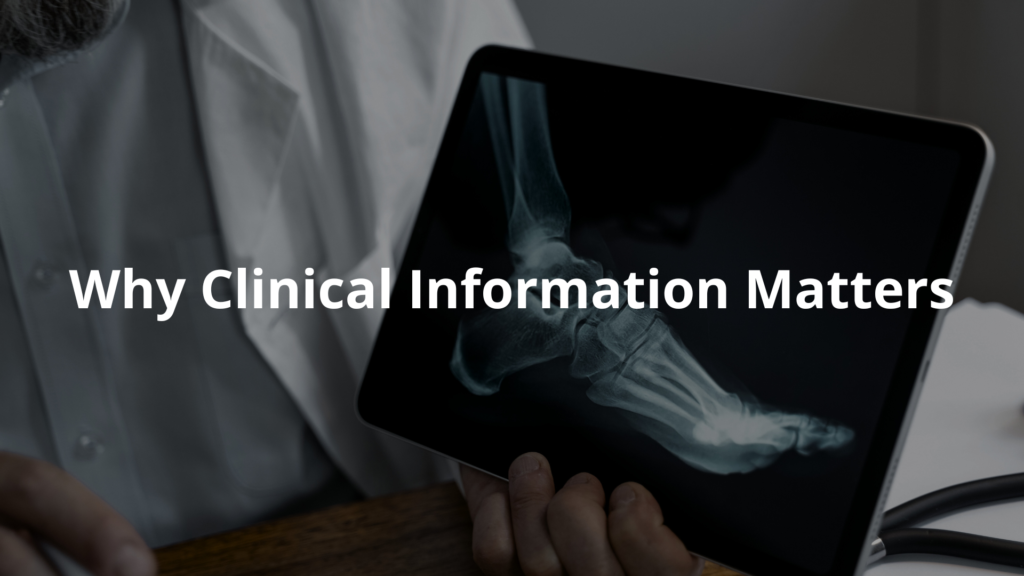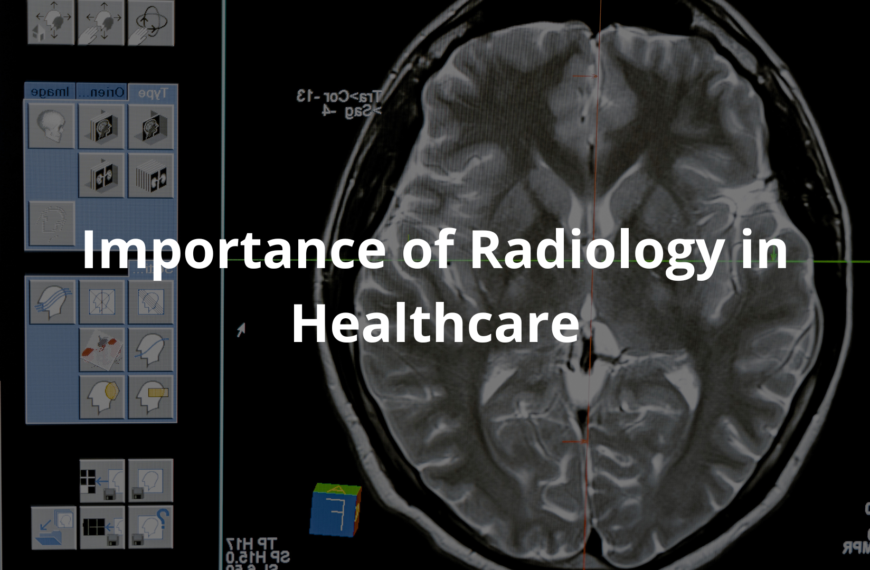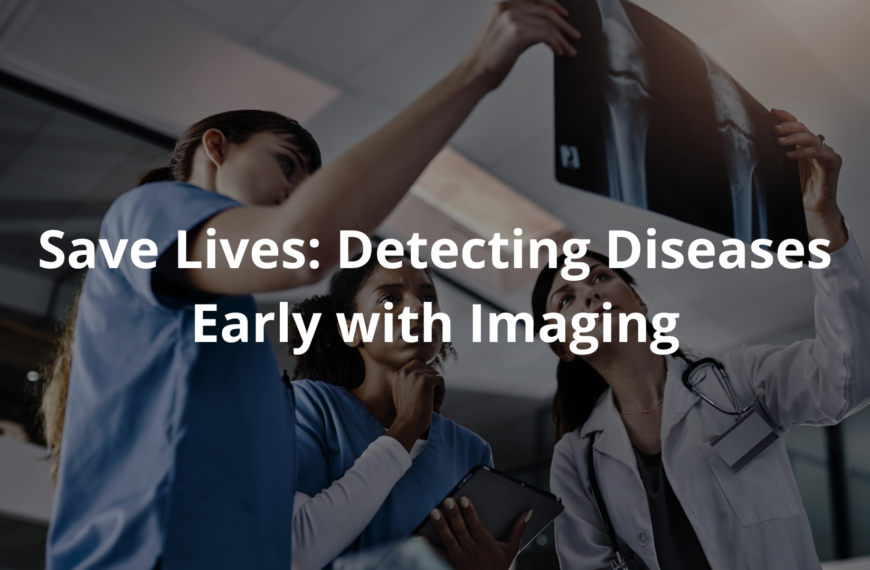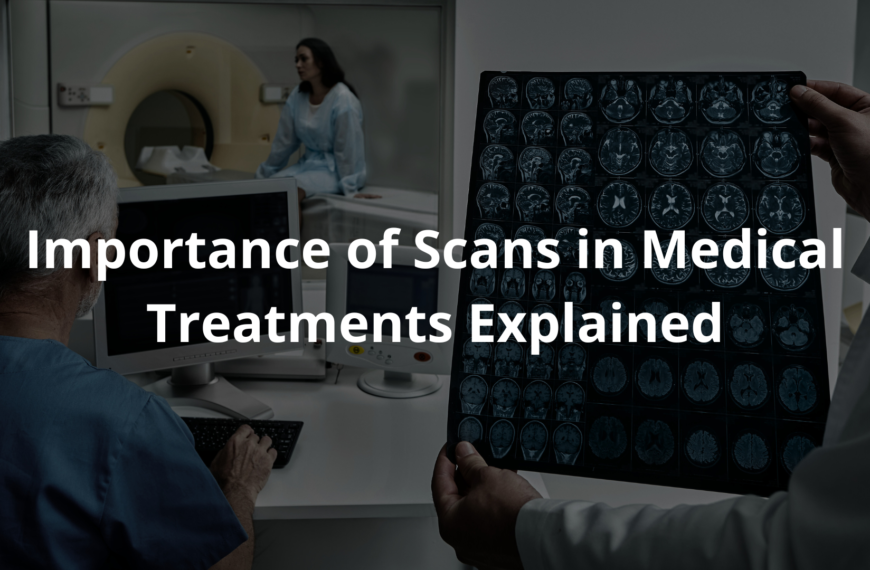Unveiling the impact of medical imaging and AI on diagnosis accuracy in Australia, where clinical info transforms healthcare outcomes.
In Australia, the stakes are high when it comes to medical imaging. Picture this: a patient waiting for a critical CT scan, only for delays to lead to a misdiagnosis. It’s not just a hypothetical—it’s a reality that was shared by a guest lecturer at Yale, highlighting how timing and accuracy in imaging can mean the difference between life and loss.
With the growing reliance on technologies like MRIs and ultrasounds across the country, the pressure to get it right is immense. How do these tools shape outcomes? And what’s being done to improve? Keep reading to find out.
Key Takeaway
- Medical imaging is growing in Australia, improving diagnosis.
- AI helps make imaging more accurate and faster.
- Good clinical information is super important for accurate results.
Understanding Medical Imaging’s Role in Diagnosis
Medical imaging works like a special tool that lets doctors look inside the human body without needing to operate. In Australia, about 10% of visits to the doctor include some kind of imaging, and this number keeps growing. Tests like CT scans and ultrasounds are becoming more common.
But here’s the thing—not every imaging test is actually needed. Research shows that between 12% and 27% of these requests might not be necessary, especially for things like back pain or ankle injuries. When imaging isn’t needed, it can cause trouble for both patients and the healthcare system. [1]
What Happens When Imaging Isn’t Needed?
Unnecessary imaging can cost a lot of money—around $3.5 billion a year in Australia. That’s money that could be used for other important areas in healthcare. Plus, patients might end up going through tests they don’t need, which can sometimes lead to problems.
For example, a test might show a false positive (saying there’s a problem when there isn’t one) or a false negative (missing a real problem). Both of these can cause stress for patients and delay the right treatment.
Why Clinical Information Matters

The accuracy of imaging depends a lot on the information doctors give to radiologists. Radiologists are the experts who study the images from tests like MRIs and CT scans. If doctors provide clear and detailed information about a patient’s condition, radiologists can do their job much better.
It’s a bit like solving a puzzle. If you only have a few pieces, it’s hard to see the full picture. But if you have all the pieces, it’s much easier to understand what’s going on. When radiologists get complete details about a patient, they can make more accurate diagnoses.
This can help avoid mistakes, especially with serious conditions like lung cancer or breast cancer. Giving radiologists all the right information means doctors can make better decisions about how to care for their patients.
If you’re ever in a situation where you need medical imaging, it might be worth asking your doctor how the test will help and what information they’re sharing with the radiologist. It’s a small step, but it could make a big difference in getting the right care.
RANZCR: Leading the Way
The Royal Australian and New Zealand College of Radiologists (RANZCR) works hard to improve medical imaging standards across Australia and New Zealand. Their efforts focus on making imaging safer and more effective, which is so important for looking after patients properly. [2]
Safety
RANZCR puts a lot of effort into making sure imaging practices are safe. They aim to protect patients from unnecessary radiation exposure during tests. This means they’re always working on ways to reduce risks while still getting the information doctors need.
Quality Improvement
Another big focus for RANZCR is helping doctors get better at what they do. They offer training and resources to support radiologists in sharpening their skills. This helps ensure that diagnoses are as accurate as possible, which can make a huge difference for patients.
Guidelines Development
RANZCR also creates evidence-based guidelines to help doctors decide when imaging is actually needed. These guidelines are designed to stop unnecessary tests, saving time and resources while still providing the best care.
Can AI Help?
Artificial Intelligence (AI) is starting to make a big impact in medical imaging. It’s like having an extra pair of super-sharp eyes in the imaging room. AI can analyse images faster and sometimes more accurately than humans, especially when doctors are tired or overworked. For instance, AI can help spot tiny lung nodules that might be early signs of cancer.
AI brings a lot to the table in medical imaging. Some of the key benefits include:
- Better Image Analysis: AI can pick up on details in images that might be missed, helping radiologists find problems earlier.
- Quicker Diagnoses: With AI, results can come back faster, meaning patients can start treatment sooner.
- Personalised Care: AI uses patient data to help create treatment plans that fit each person’s unique needs.
Challenges Ahead
Even with all these advancements, there are still some hurdles to clear in medical imaging. For example, sometimes doctors order imaging tests that aren’t really necessary. This wastes time and resources. Also, people in rural areas often have to wait longer for tests compared to those in cities, which isn’t fair.
What Can Be Done?
Education is one of the best ways to tackle these problems. Doctors need to learn more about when imaging is truly needed, and RANZCR is working on improving training for radiologists. Ongoing education helps ensure that patients get the best care possible. [3]
By addressing these challenges, the healthcare system can get better at diagnosing problems and improving outcomes for everyone. It’s about making sure the right care is given at the right time. Simple as that.
FAQ
How do deep learning and neural network models compare to expert level diagnosis in medical imaging?
When it comes to medical images, AI models using deep learning have shown promise in matching expert level diagnosis. Studies in medical imaging show these computer vision systems can handle complex cases, though they still need proper validation through test accuracy measures.
What role do CT and MRI play in modern diagnostic test practices?
CT imaging and MRI scans offer different advantages for diagnosis. While CT angiography excels at chest CT scans, both CT and MRI help doctors make crucial decisions. The choice between CT or MRI depends on specific medical history factors and the area being examined.
How important is proper data analysis and test sets in medical AI development?
Medical data and patient data need careful handling during AI development and model training. Using high quality test sets helps measure true positive and true negative rates. A data file’s sample size significantly impacts the reliability of results.
What standards ensure quality in medical imaging research?
Best practices include peer review, risk of bias assessment, and proper study design. Research published in journals like Eur Radiol and NPJ Digital undergo thorough evaluation. Open access content with CC BY license makes findings widely available through PubMed Central and Google Scholar.
How do researchers evaluate diagnostic accuracy in imaging studies?
Researchers use metrics like PPV and NPV, odds ratio, and both fixed effects and random effects analyses. They often create funnel plots to assess potential bias. For a wide range of conditions from breast lesions to retinal images, these tools help determine diagnostic reliability.
What factors influence global health applications of AI diagnostic tools?
In the United States and worldwide, medical imaging AI faces challenges including small number of diverse datasets, varying risk factors, and decision making complexities. Studies often include authors declare statements to ensure transparency about potential conflicts.
How do image analysis workflows handle autorenew packs in medical settings?
Image analysis systems in medical facilities often include autorenew packs for ongoing diagnostic needs. These tools support tasks from analysing breast lesions to processing retinal images, helping maintain consistent diagnostic capabilities across a wide range of medical conditions.
How do computer vision and AI algorithms enhance diagnostic accuracy?
AI algorithms paired with computer vision technology improve diagnostic test outcomes. Deep neural networks help process medical images more efficiently. These tools work alongside traditional diagnostic methods to boost accuracy.
What makes up a comprehensive cohort study in medical imaging research?
A cohort study examining medical imaging requires careful attention to test sets and gold standard comparisons. Researchers look at random effects across patient groups while maintaining high quality data collection standards for reliable results.
How does research ensure medical imaging meets global health standards?
Studies published in reputable databases like PubMed Central undergo rigorous review. Research with an open access approach helps advance global health initiatives by sharing findings widely, especially when supported by thorough data analysis.
Remember, these insights keep evolving as new studies emerge. Feel free to check recent published papers for the latest developments.
Conclusion
Medical diagnosis accuracy with imaging is a significant aspect of health care in Australia. With the help of organizations like RANZCR, advancements in AI, and a focus on clinical information, there’s hope for better patient outcomes. By continuing to improve diagnostic accuracy, we can help ensure that patients receive the right care at the right time. So next time you hear about a CT scan or MRI, remember how crucial it is for getting a diagnosis right!
References
- https://www.racgp.org.au/afp/2016/june/towards-appropriate-imaging-tips-for-practice
- https://www.tga.gov.au/sites/default/files/submissions-received-draft-clinical-evidence-guidelines-medical-devices-ranzcr.pdf
- https://pubmed.ncbi.nlm.nih.gov/36456459/




